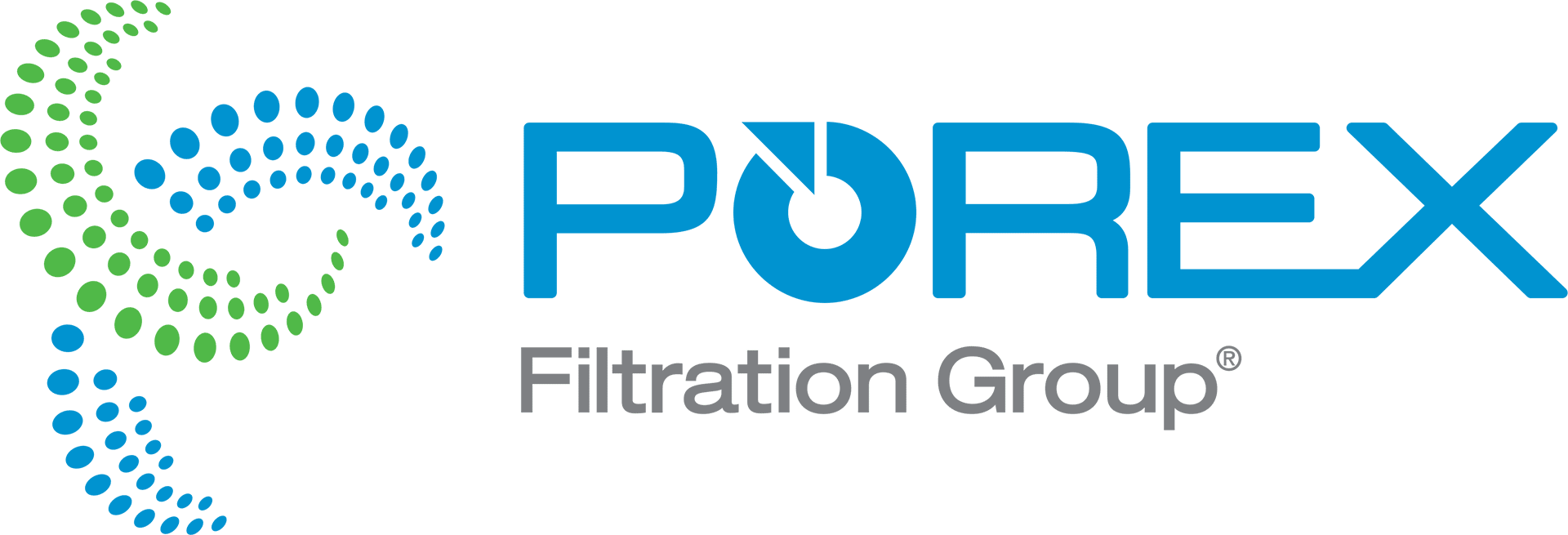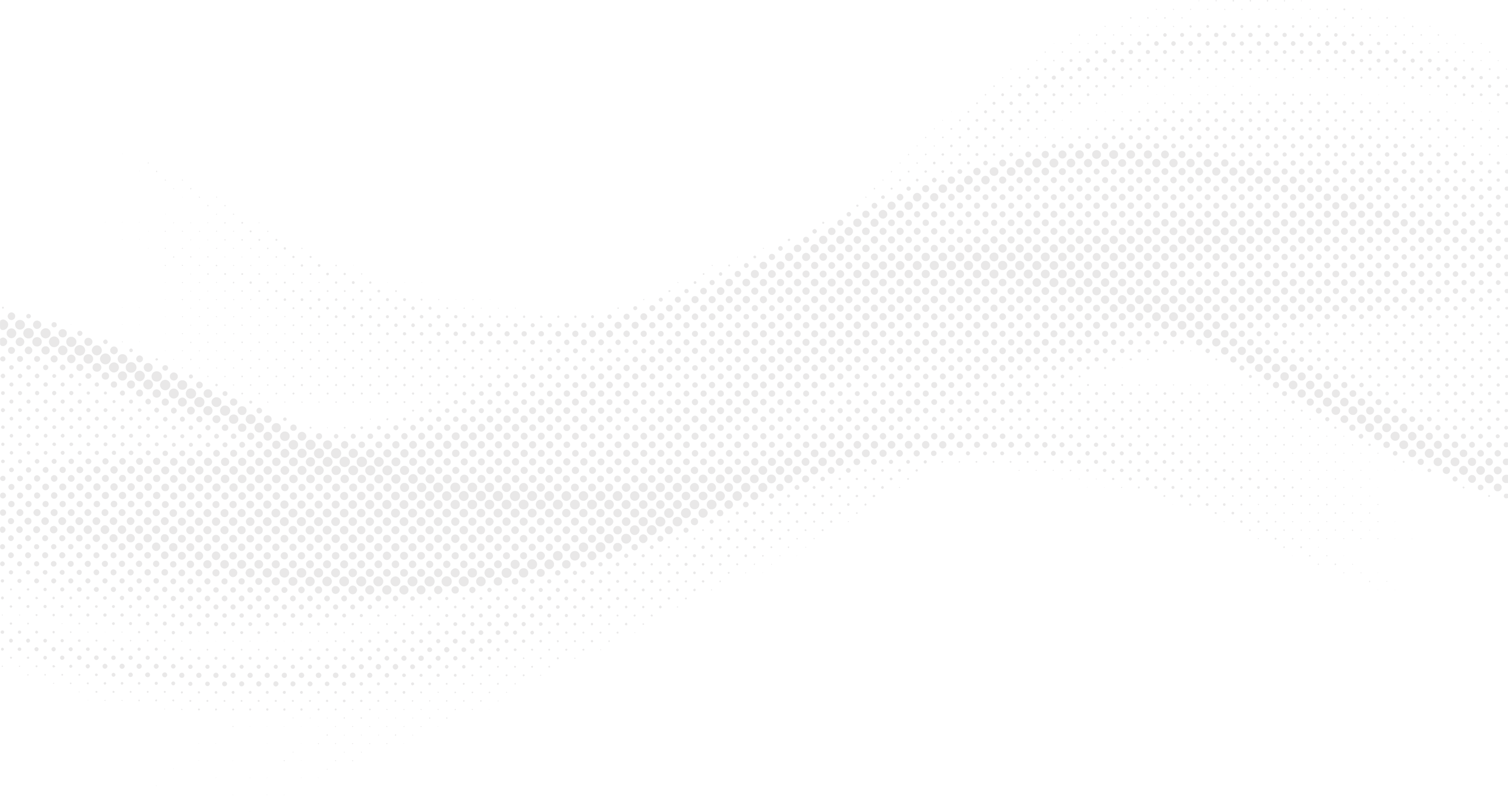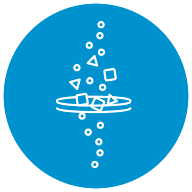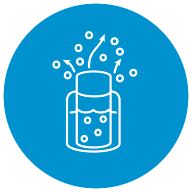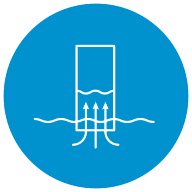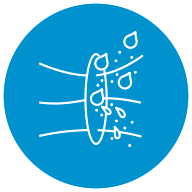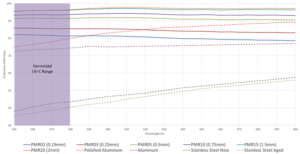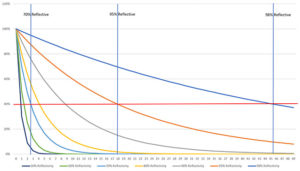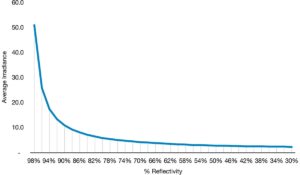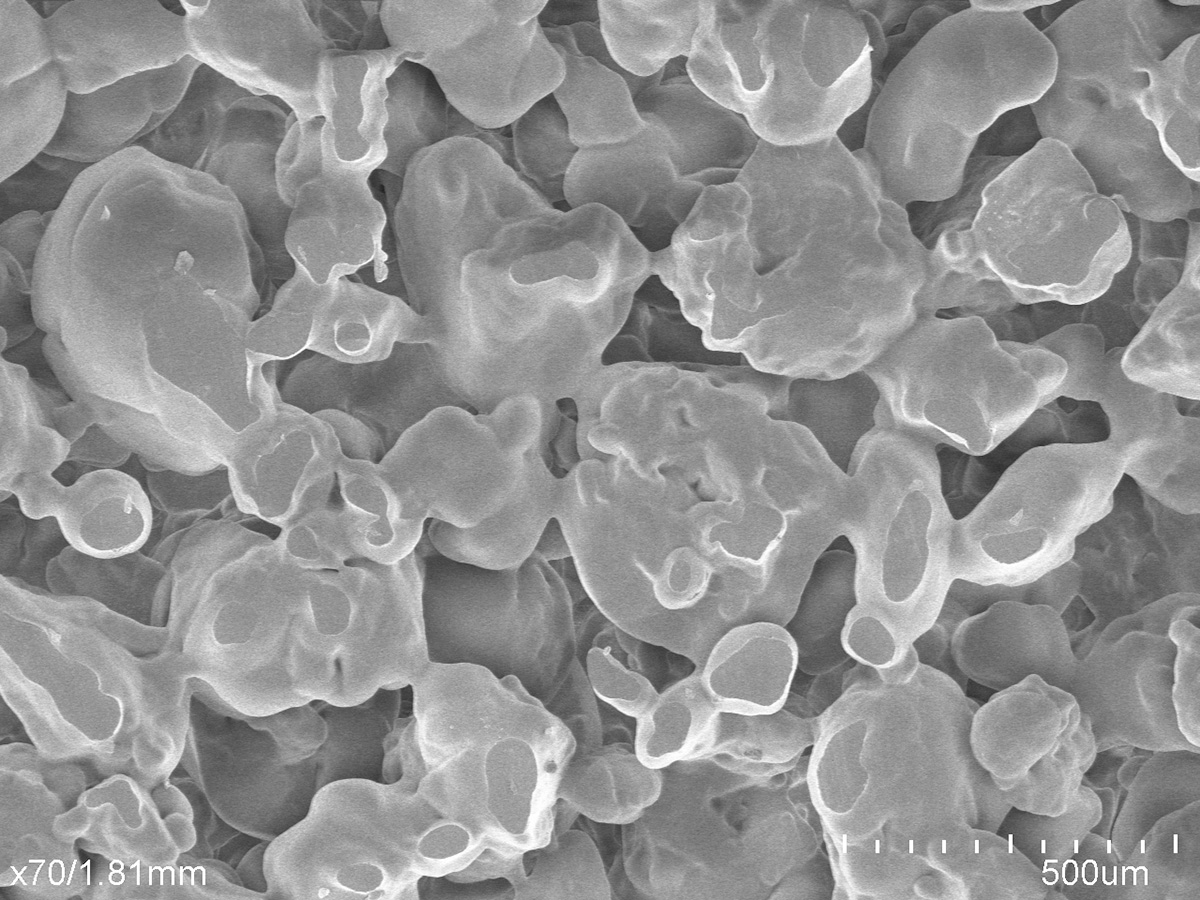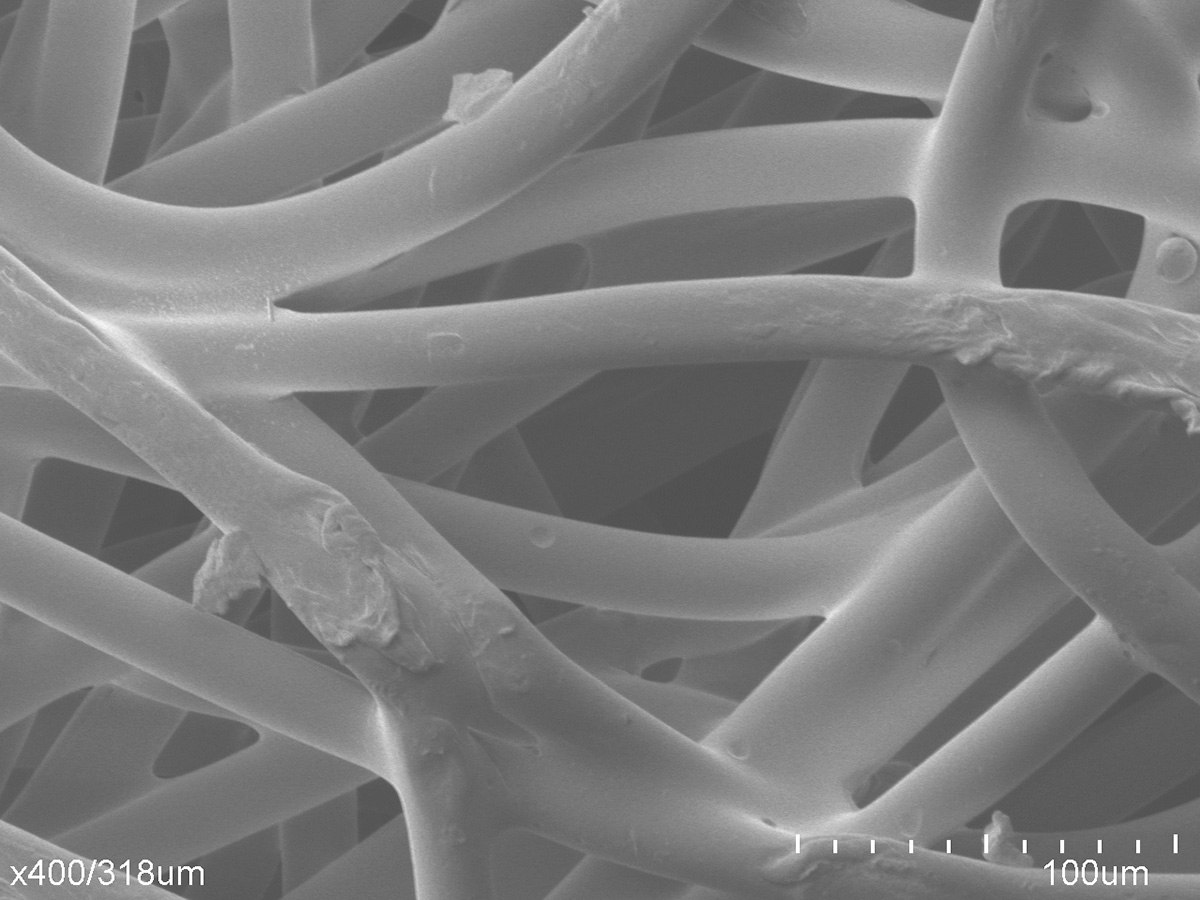Ensure uniform surface disinfection with Porex Virtek reflective media lining your UV surface disinfection products
Properly disinfected surfaces are critical to slowing the spread of illness and infection. Chemical disinfectants can be damaging to equipment, toxic to people, and ineffective if not used properly. Utilizing UVC light to disinfect surfaces has increased in popularity and is proving to be extremely effective. However, the most important aspect of surface disinfection is the proper distribution of UV energy. Porex Virtek’s highly reflective PTFE is highly Lambertian – meaning it spreads reflected light very uniformly across the surface. Whether you are designing a room disinfection system or a fully enclosed system, Porex Virtek PTFE is the UV-reflective material of choice.
Porex Virtek offers:
- Reflectivity rates of up to 97%
- Almost 100% Lambertian (diffuse) reflectivity to ensure extremely uniform UVC energy distribution within the reaction chamber
- Minimized hot and cold spots within the reaction chamber
- Up to 4x higher flux in a closed system versus aluminum
- Increased effective pathogen deactivation rates, by up to 4X versus other reflective media
- High reflectivity and durability down to 200 nm UVC wavelength
Optimize efficiency and ensure maximum pathogen disinfection within your UV surface disinfection system
UV disinfection chambers lined with Porex Virtek PTFE high-reflectivity media feature the Intensified with Porex Virtek logo, highlighting the efficacy of high reflectivity. Review our technical specifications and supporting technical information to understand how Porex Virtek intensifies water disinfection.
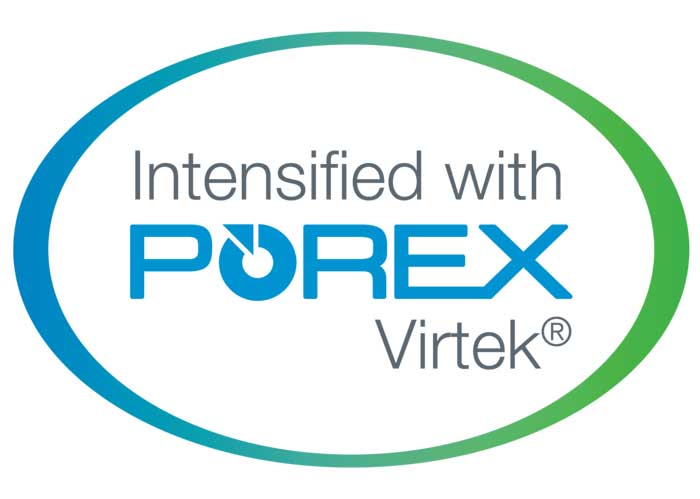
Applications
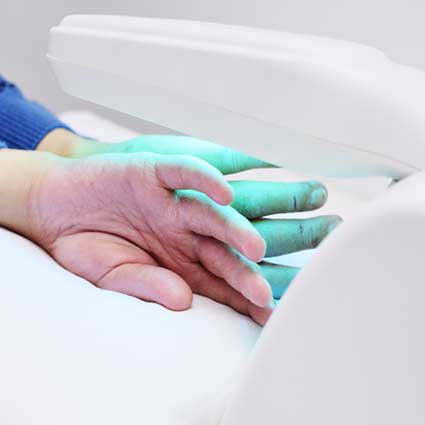
Enclosed Disinfection Systems
In enclosed systems, reducing shadowing and ensuring uniform energy distribution is critical. Porex Virtek not only can reflect up to 98% of UV energy (allowing it to bounce around until it is absorbed) but it reflects it in a random pattern, meaning the entire chamber receives uniform dosage regardless of shape or UV source location. Aluminum and other metallic surfaces can have much lower initial reflectivity and can reflect in a specular pattern, creating hot and cold spots.
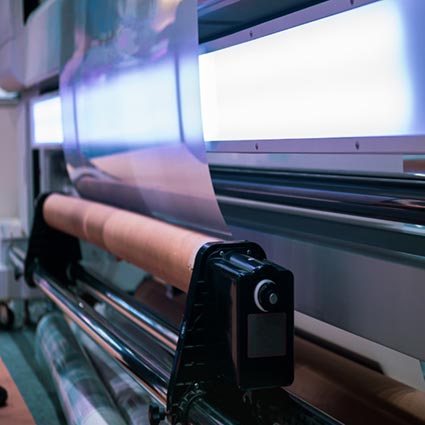
UVC Lighting Systems
When designing a UVC lighting system, you want uniform light distribution with minimal hot and cold spots. The highly diffuse Porex Virtek PTFE will efficiently spread UV energy in all directions, ensuring all surfaces receive uniform energy.
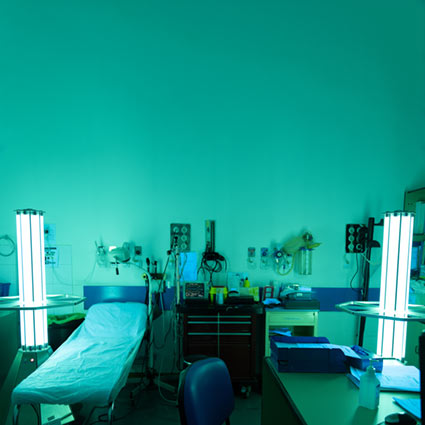
Robotic & Mobile Disinfection Systems
In a mobile UVC disinfection system, uniform light distribution with minimal hot and cold spots is critical. This is especially true when using UV LEDs, which can be more potent sources of light. The highly diffuse Porex Virtek PTFE will efficiently spread UV energy in all directions, ensuring all targeted surfaces receive uniform energy. Other materials that are specular reflectors can create regions of high and low exposure, which can be problematic.
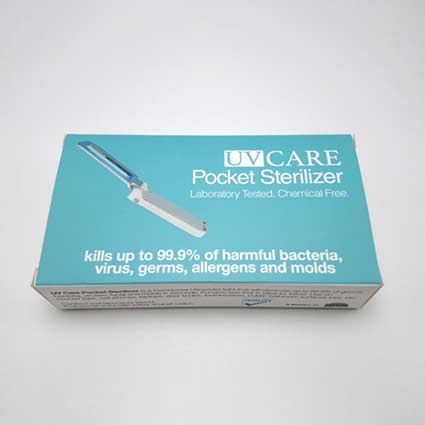
Handheld Disinfection Systems
In a mobile UVC disinfection system, uniform light distribution with minimal hot and cold spots is critical. This is especially true when using UV LEDs, which can be more potent sources of light. The highly diffuse Porex Virtek PTFE will efficiently spread UV energy in all directions, ensuring all targeted surfaces receive uniform energy. Other materials that are specular reflectors can create regions of high and low exposure, which can be problematic.
Browse our Air Care Studies
Related Resources

Porex Virtek® PTFE Highly Reflective UV Materials Brochure
Discover the benefits of Porex Virtek® PTFE UV reflective materials that enhance the efficiency of your UV disinfection system.

UV Reflective Media Video Series: Comparing Specular and Diffuse Reflectivity
A demonstration video exploring the distinction between specular and diffuse reflectivity and its implications in UV disinfection.

UV Reflective Media Video Series: Porex High-Efficiency Diffuse Reflectors
Watch our practical demonstration video showcasing the efficiency of Porex Virtek PTFE reflective media. We compare the light output between a stock reflector and a Porex reflector.

UV Reflectivity Media Video Series: UVC Air Disinfection Chamber Demonstration – Porex® Virtek PTFE vs Aluminum & Plastic
A demonstration video that compares the effectiveness of Porex® Virtek PTFE to aluminum and plastic in UVC Air Disinfection Chambers.
